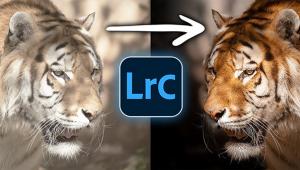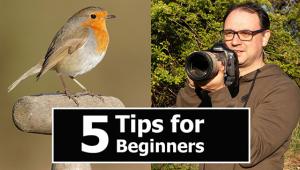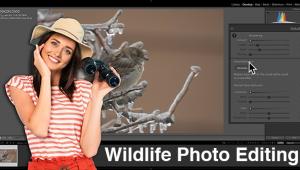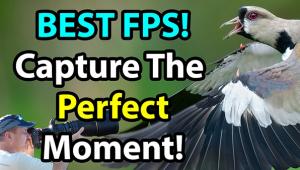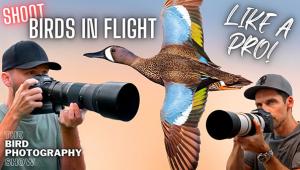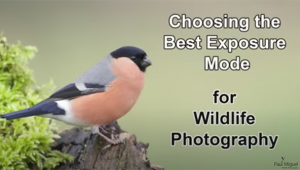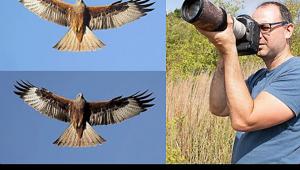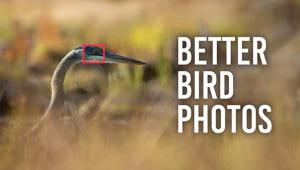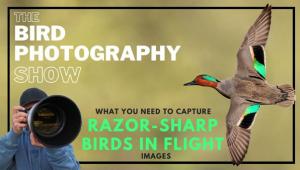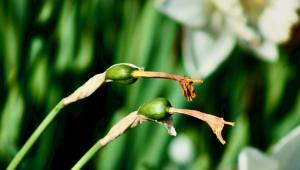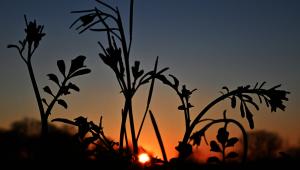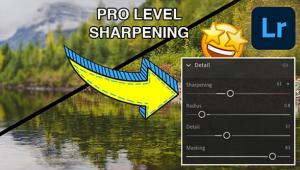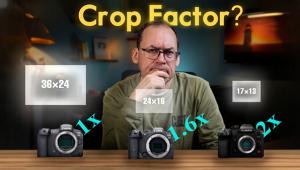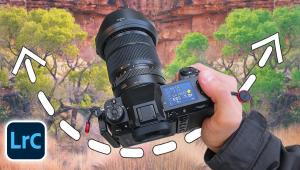How to Photograph Bald Eagles: Tips For Capturing These Majestic Creatures In The Wild

When it comes to bird photography, no species is more majestic and more sought after than the bald eagle. Its status as America’s national bird wasn’t always a sure bet (Benjamin Franklin wanted the turkey). Bald eagles also nearly went extinct during the 20th century from their eggshells thinning due to the proliferation of DDT. But today as a result of aggressive protections under the Endangered Species Act, as well as the banning of DDT, these beautiful birds have made a dramatic recovery. This in conjunction with advances in photo gear has made it easier than ever before for wildlife photographers to capture their own stunning images of bald eagles. Here are some tips on how to do it.
Increasing Your Odds
No amount of practice can outweigh being in the right place at the right time. The key is learning their habits, their food sources, and their typical flight paths. Eagles love fresh fish, so if you can find a salmon run you may even find groups of eagles feeding. Rarely does wandering around with a camera over your shoulder produce the quality and quantity of images as finding a good food source and staking it out (at a respectful distance). While photographing a single eagle can be exciting, nothing beats having multiple eagles flying, feeding, and fighting over food to increase your chances of success.

Be Ready
After being in the right place at the right time and knowing eagle behavior, the next step is being ready. Because you never know where the action will take place, having two camera bodies mounted and prepared allows photographers to adapt to the action as quickly as possible. When I photograph bald eagles I will typically have a Nikon D3S DSLR and a Nikon 500mm f/4 lens mounted on a tripod with a gimbal head to allow for easy tracking. When the action gets closer I have a second D3S mounted with a Nikon 80-400mm over my shoulder, allowing me to switch almost instantly between my fast 500mm or my zoom to create multiple compositions from the same scene. If the action is far away I’ll put a Nikon 1.4x teleconverter on my 500mm, making it a very usable 700mm-equivalent f/5.6 lens, especially when stopped down a bit.
While there will be a slight loss in sharpness, autofocus speed, and low-light ability, photographers who don’t need to make a living from their cameras or are on a limited budget can easily replace my two-body system with a single super telephoto zoom for a fraction of the price and still come home with amazing results.

Camera Settings
The rule of thumb with any bird photography, including bald eagles, is fast shutter speeds. Unless you are purposefully trying to create motion blur images, shutter speeds need to be well over 1/1000 second to freeze the action of birds in flight. Yes, when they perch you can get away with much slower shutter speeds, but you never know when they are going to take off so you have to be ready.
One of the underappreciated features of current cameras is Auto ISO. Leaving my camera in manual mode, I set my shutter speed to 1/1000 or 1/2000 second if light allows, and then set the aperture to wide open if needed, or stopped down if there is enough light (this also gives me more depth of field and a greater chance of capturing action in focus). The camera then selects the appropriate ISO to properly expose the image no matter how the light or scene has changed. I can still dial in exposure compensation as needed to adjust for bright or dark backgrounds that could fool my meter. The low-light abilities of the Nikon D3S have meant that I don’t even think about the ISO until 3200, only then do I start shooting at my minimum shutter speed of 1/1000 second and start shooting wide open.

Equipment
The saying goes that “the best camera is the one you have with you” and “equipment doesn’t matter,” but the truth is when it comes to photographing fast-moving distant wildlife, top-notch gear does dramatically increase one’s success rate. Having been doing photography long enough to have created successful bald eagle images using film and manual focus lenses, there is no way I would want to trade in my current Nikon gear for those relics.
Because eagles move quickly, having as many chances as possible in each situation is key. While having more megapixels excites all of us and I do shoot with a 36MP body for landscapes, I opt for a lower-resolution camera when capturing wildlife because it gives me better low-light performance, a faster frame rate, and a quicker autofocus system. Last time I led a bald eagle workshop in Alaska most of the participants were using high-resolution bodies like the Nikon D800, while I was shooting with my 12MP D3S. Many times when we compared photos after an action-packed moment, those using the slower high-resolution cameras had missed the decisive moment while I had nailed it, proving the point that no amount of resolution trumps getting the shot (and 12MP from a full-frame camera still makes great large prints).
Reach is also a major issue when it comes to photographing bald eagles. While there are a few locations in Alaska where you can photograph wild eagles up close and personal with a 70-200mm lens, for the most part you will be shooting with the longest lens you can afford. In the past, quality lenses in the 500-600mm range were unaffordable for many photographers, but today there are several zoom options that get photographers into this range with very usable results. The great high ISO abilities of modern cameras means the slower apertures of these lenses is less of an issue than it once was.
When photographing eagles on my own or when leading a workshop I always bring the same set of gear. While not lightweight like some of the new mirrorless systems, the performance offered by my pro Nikon system (or similar Canon system) allows me to bring back more keepers per situation than anything else on the market.
Josh Miller’s images have been featured in publications throughout the world and his work is represented by Aurora Photos. To find out more about his work and his workshops, including his upcoming Bald Eagle workshop, follow Miller on Facebook or Instagram @joshmillerphotography or visit his website at joshmillerphotography.com.
- Log in or register to post comments
